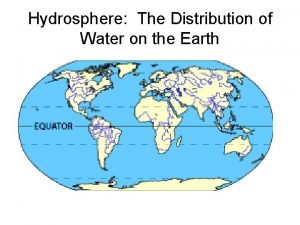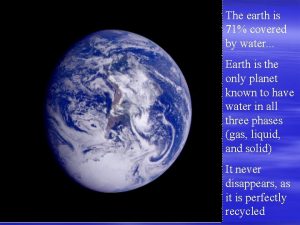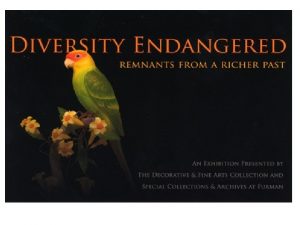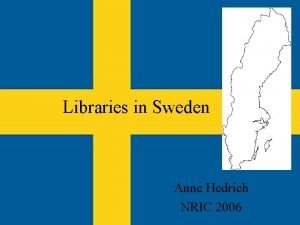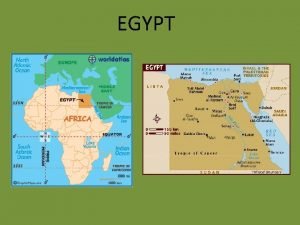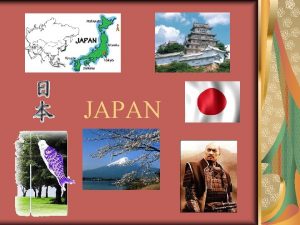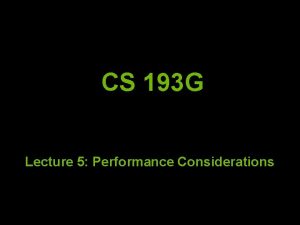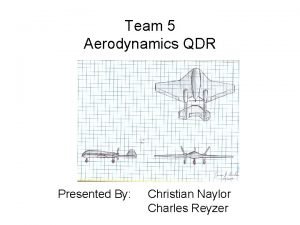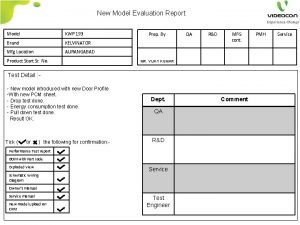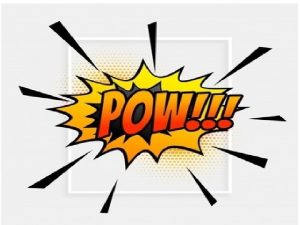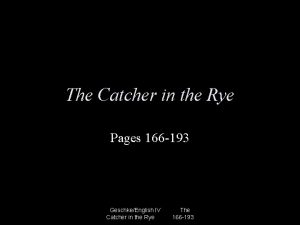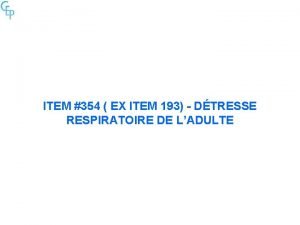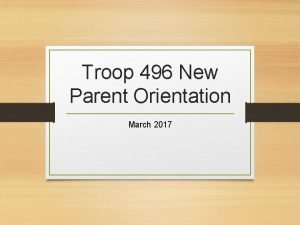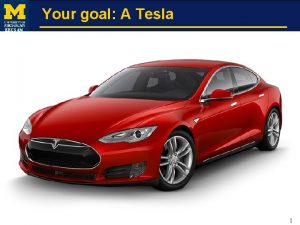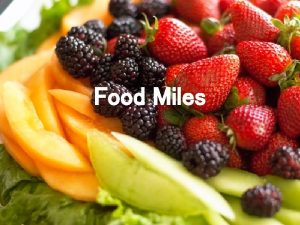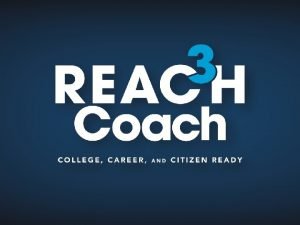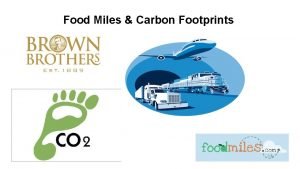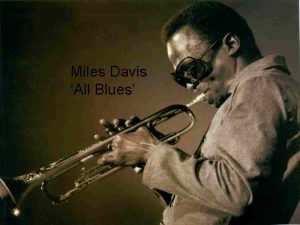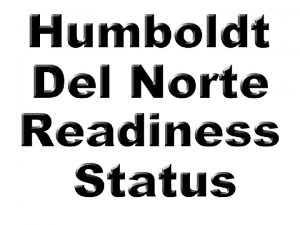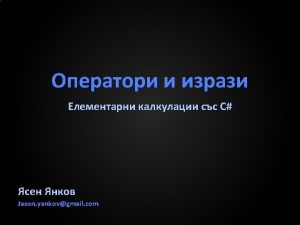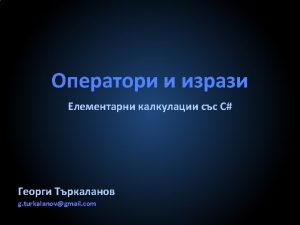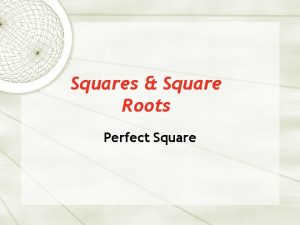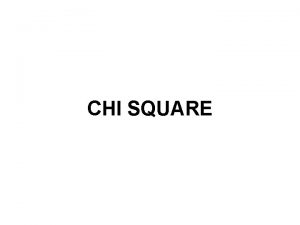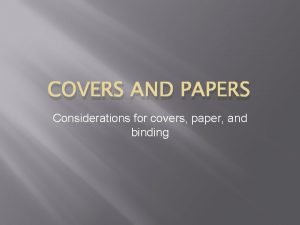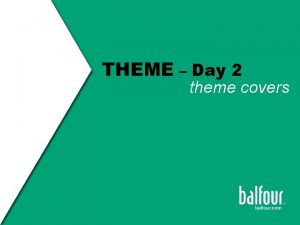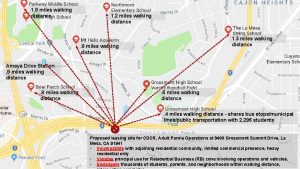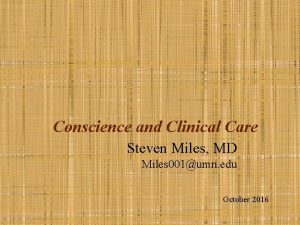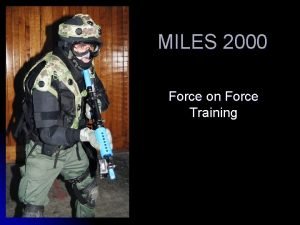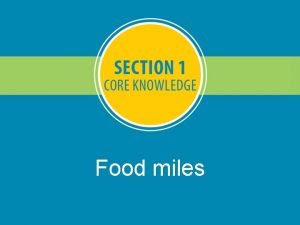Earth Peru covers 496 193 square miles Peru























- Slides: 23


Earth • • Peru covers 496, 193 square miles. Peru borders -Brazil to the east -Chile to the south -Bolivia to the southeast -Ecuador and Columbia to the North -Pacific Ocean to the west. • The two rivers that run through Peru into the Pacific Ocean are the Amazon River, including the Huallaga River that forms part of the Amazon Basin, and Lake Titicaca. • The diversity of the weather varies from the dryness of the coast to the extreme cold in the mountains and heavy rainfall east of the mountains in the Amazon basin.

History • The Incas identified themselves as “children from the sun”. • The Inca empire began in the early 13 th century and was the biggest empire in pre-Columbian America. • From 1438 to 1533 the Incas used various methods from conquest to peaceful assimilation.

History • Peruvian natives ruled until the Spanish conquest lead by Francisco Pizarro in 1533. • Peru was a Spanish colony until the 19 th century. • Peru gained independence through the military campaigns of Jose de San Martin and Simon Bolivar.

Culture • Peru is comprised of Quechua Indians, mestizos, and Aymara Indians, and people of European ancestry. • Spanish, Quechua, and Aymara are the languages spoken. • Many people still have ancient believes in regards to mythological beings.

Values • The Incas believed in gods and goddesses. • Present day Peruvians are mainly Catholic. • Native Religion, based on the cult of the Sun, the Pachamama (Mother Earth) and elements of nature, are still present in rural Peru.

Values • Peruvians celebrate 3, 000 festivals and carnivals every year (mostly in honor of saints). • Macchu Picchu- Most well known Incan monument. • The daughter of Pachamama taught the woman the art of weaving and preparing food.

Product • Unku – Is the predecessor of the poncho. – Vary in size from miniatures up to approximately 1. 5 cm. x 80 cm Photograph of Pope John Paul II during his visit to Cusco in 1985.

Form • The use of wool and llama fur is abundant throughout the country of Peru in both present and ancient times. • Both the Nasca and the Inca used colorful feathers in their weaving. • The use of wool and feathers was to provide protection during the winter seasons.

Form • The color assortment of wool varies from bright colors that had been preferably used by the Nasca in their polychromatic ceramics. • These bright colors range from black, brown, gray, yellow, red, violet and white.

Function • The Unku has many symbolic designs – Diamonds patterns signify "Inti" (the sun), or "Chaska" (a star), or "Ñawi" (the eye). – Zigzags indicate cultivated hillsides ("Pata"), meandering rivers ("Kenko Mayu"), or a creeping snake ("Amaru").

Function • Traditional dress with symbolic designs of gods of nature. • The way they showed their religious devotion. • It is also used to indicate their village/region to which they belonged to.

Facilitation • Traditional Highland attire is a fusion of indigenous hand-woven, uncut cloth and Western tailored garments introduced by the Spaniards. • The components of a traditional dress varies from region to region.

Triangulation • The use of bright colors and design in urban fashion is predominant in today’s fashion.

Triangulation • In today’s generation there is openness in expressing symbols that one was exposed to while growing up and are now embedded in our fashion.

Target • Urban Latino artists often wear the type of clothes we plan to market to the Latino Communities. • This trend has now become a life style for the people who fashion it, the clothes help them represent their heritage and culture.

Target • The specific segment group that is being targeted is Latino. • Not only do Latino communities value their cultural background and heritage but also value those from different countries – Central and South America including Puerto Rico and Dominica Republic.

Taste • Our brand name is “Unku Unlimited” • The brand name represents the root in which the fashion line is inspired by. • The brand name will not only represent the Peruvians but Latinos as a whole. • “Unku” derives from the traditional garment worn by the indigenous Peruvians • “Unlimited” will represent Latinos united. • The packaging design will consist of designs inspired by the gods and goddesses of ancient Inca and the other Latino symbols.

Taste • “Unku” derives from the traditional garment worn by the indigenous Peruvians • “Unlimited” will represent Latinos united. • The packaging design will consist of designs inspired by the gods and goddesses of ancient Inca and the other Latino symbols.

Brand Architecture • Unku Unlimited will be first introduced in retail stores that are located in predominately Latino population (Los Angeles, New York, El Paso). • It is believed that by introducing the line in these cities the clothing line will be most successful • The internet has made shopping extremely simple. Launching a website to showcase our product and also selling the product there as well will facilitate our brand recognition. • By selling our products online we can reach those targets that are not located in cities predominately Latino.

Brand Architecture • Advertisement campaign – Latino Magazines: • Bridgez Magazine • Unchin Magazine • Latina Magazine • Sponsorships – Reggaeton and other Latino Artists that appeal to our target market – Showcase our line of products • Television Advertisement – Advertise in stations who are targeted for Latino youth • Mun 2 • MTV Tres – Provide the wardrobe to the host’s of television shows who’s target audience is that of Latino youth • • Pepsi musica Nitido Ritmo deportivo American Latino

Brand Architecture • The price range will depend on the material that will be used and the amount of embellishments that the clothes contain. • Our competitors are companies such as Ecko Unlimited, South Pole, and Phat Farm, therefore Unku Unlimited will be in within the same price range, or possibly a bit lower.

Sources • • • http: //news. nationalgeographic. com/news/2002/04/0430_020430_TVincat extiles. html http: //www. geocities. com/So. Ho/Atrium/7785/unku. jpg http: //www. geocities. com/So. Ho/Atrium/7785/text 22. htm http: //www. geocities. com/So. Ho/Atrium/7785/menu. html http: //exchanges. state. gov/culprop/peru/textile/0000002 b. htm http: //www. textilemuseum. ca/cloth_clay/how_nilda_attire. html http: //www. misnopales. com/t-shirts-tortillas. html http: //www 1. macys. com/catalog/product/index. ognc? ID=247480&Category. I D=22733&Link. Type=Depth. Path http: //www. blessingscornucopia. com/Peru_Peruvian_Ancient_Civilization. ht m • http: //www. incas. org/make_yarn_srce. html • • http: //en. wikipedia. org/wiki/Inca_Empire http: //en. wikipedia. org/wiki/Peru
 Hydrosphere distribution
Hydrosphere distribution 71 of earth is covered with water
71 of earth is covered with water Earth from 4 billion miles away
Earth from 4 billion miles away Sweden square miles
Sweden square miles Size of egypt
Size of egypt Japan square miles
Japan square miles Cs 193
Cs 193 A 193 kg curtain needs to be raised
A 193 kg curtain needs to be raised Ge 193
Ge 193 Eppler 193
Eppler 193 A 193 kg curtain needs to be raised
A 193 kg curtain needs to be raised Kinetic energy and work
Kinetic energy and work 193 brand
193 brand Cms-r-193
Cms-r-193 Art 193 clt
Art 193 clt Aku hendak tetap berhati tulus
Aku hendak tetap berhati tulus Antolini catcher in the rye
Antolini catcher in the rye Item 193
Item 193 Ie 496
Ie 496 Ie 496
Ie 496 Troop 496
Troop 496 Najpoznatiji grčki komediograf
Najpoznatiji grčki komediograf Eecs 370 umich
Eecs 370 umich Cs 496
Cs 496
